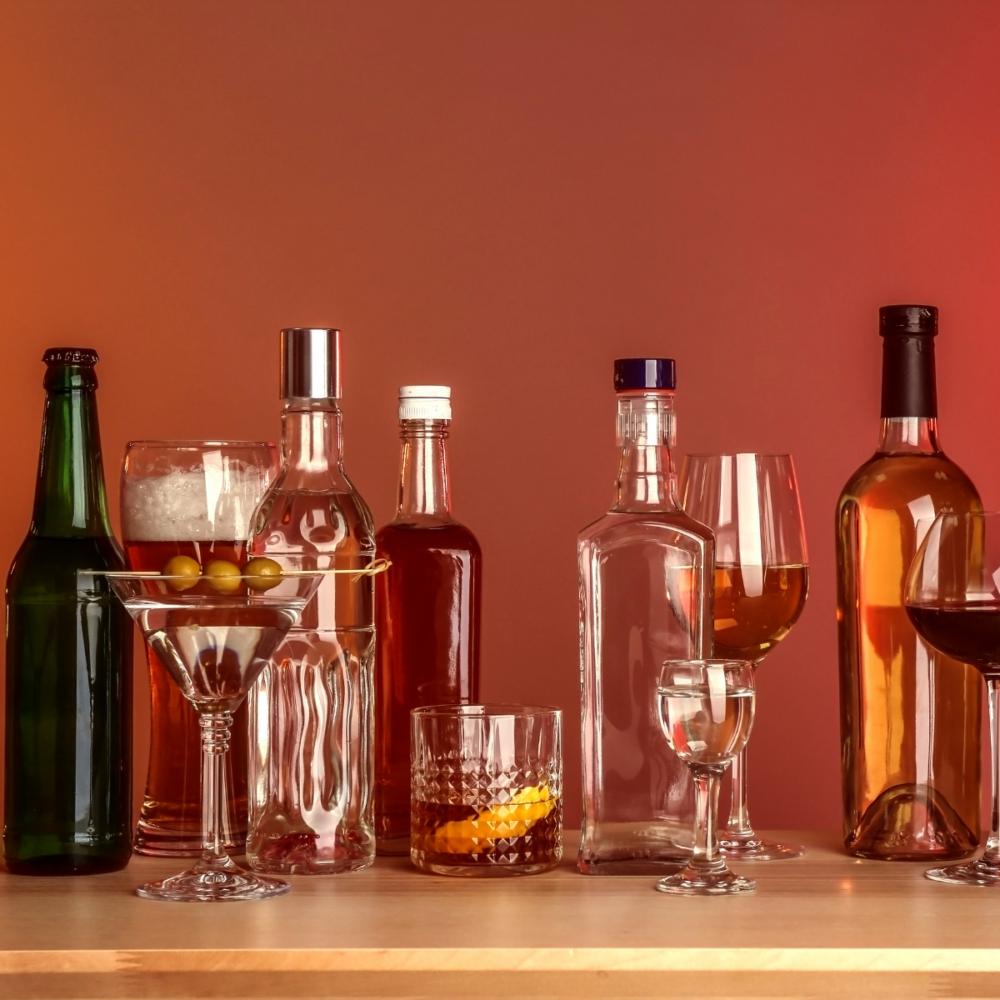Alcohol and cancer risk: What’s the buzz?

Alcohol can cause serious health issues such as liver disease, heart disease, alcohol dependence and more –and the amount you indulge also plays an important role in cancer risk. You may be participating in Dry January, a month-long challenge to abstain from alcohol, but cancer prevention is year-round. Whatever you decide to do when it comes to consuming alcohol, knowing the facts is a great place to start.
What’s the link between alcohol and cancer risk?
Drinking alcohol increases the risk of several types of cancer including breast, colorectal, esophageal, liver and oral cancers. The National Toxicology Program of the U.S. Department of Health and Human Services (USDHHS) and the International Agency for Research on Cancer (IARC) both classify alcoholic beverages as a known human carcinogen.
Research shows that the more a person drinks—especially if they drink regularly over time—the higher their risk of developing alcohol-associated cancer. And even those who drink no more than one drink a day have an increased risk of cancer compared to someone who doesn’t drink at all.
How does drinking alcohol increase your risk of cancer?
It comes down to how alcohol is metabolized, or broken down, by your body. When you drink alcohol, ethanol (i.e., the form of alcohol contained in alcoholic beverages) is changed into a toxic chemical called acetaldehyde. Acetaldehyde causes damage to the DNA of your cells and prevents your body from repairing this damage, resulting in changes to how your cells grow and divide. This can lead to tumor formation.
Alcohol also increases the levels of some hormones, including estrogen, that make cells divide more often, increasing the chance of cancer. The amount of alcohol is not what causes these changes, but rather it’s the alcohol itself doing the damage. All alcoholic drinks—whether beer, wine or liquor—are linked with cancer and no amount is considered safe.
Despite this evidence, most people aren’t aware of the link between alcohol and cancer, and even among those who are, there can be some confusion. The National Cancer Institute found in a 2023 study that over 60% of American adults were unaware of the link between alcohol and cancer. And many mistakenly believed that the risk varies based on the type of alcohol consumed, including those who thought their cancer risk was greater from drinking liquor versus beer and those who thought drinking wine decreased their cancer risk. Unfortunately, this is not the case.
Is any amount of alcohol safe to drink?
Avoiding alcohol completely is best when it comes to reducing your cancer risk as no amount is considered “safe.” Recommendations by the U.S. Department of Agriculture and USDHHS’ Dietary Guidelines for Americans 2020-2025 that advise limiting intake to no more than 1 drink a day for women and 2 drinks a day for men are guidelines for your general health—not specific to cancer. The more that you drink, the higher your risk for cancer.
But all is not lost! For those who do drink alcohol and stop drinking, or those who once overindulged but no longer drink, your cancer risk will decline over time. Research is ongoing to determine by how much and how fast it takes for your risk to drop once you stop. Until more is definitively known, avoiding alcohol completely is best when it comes to cancer risk.
READ ALSO | Cheers to health: Turning cocktail favorites into mocktails
Take time this month to learn how you can empower yourself to reduce your cancer risk and improve your overall health. To learn more ways to reduce your cancer risk or detect cancer early, visit preventcancer.org/ways.